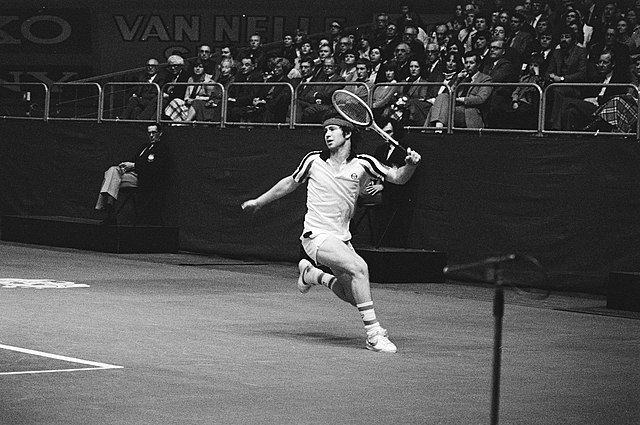Introduction
John McEnroe, a name synonymous with tennis, is renowned not only for his exceptional skills on the court but also for his fiery personality and controversial behaviour. As one of the most talented players of his generation, McEnroe has influenced both the sport and its culture significantly. His style, characterized by creativity and aggression, continues to inspire players today, making his story relevant for both long-time fans and new enthusiasts of the game.
Career Highlights
Born on February 16, 1959, in Wiesbaden, Germany, McEnroe moved to the United States at a young age and quickly made a name for himself in junior tennis. He turned professional in 1978, and during his illustrious career, he won a remarkable seven Grand Slam singles titles, including three at Wimbledon and four at the US Open. Known for his left-handed serve and quick volleys, he was also a key member of the United States Davis Cup team, contributing to their success in the 1980s.
McEnroe’s career was marked by intense rivalries, most notably with Björn Borg and Jimmy Connors. His match against Borg in the 1980 Wimbledon final, considered one of the greatest in the history of the sport, showcased his ability to perform under pressure. Despite his competitiveness, McEnroe also exhibited a playful side, evident in his doubles play and interactions with fans.
Controversial Persona
Equally famous for his tantrums and outbursts on the court, McEnroe often garnered attention for his confrontations with umpires and officials. His iconic phrases, such as “You cannot be serious!”, became part of sports vernacular. Over the years, these moments led to debates about sportsmanship and professionalism within tennis, making him a polarizing figure.
Contributions Beyond Tennis
After his retirement from playing professionally, McEnroe transitioned into a successful broadcasting career, providing commentary and analysis for various sports networks. He has also remained active in philanthropy, establishing initiatives to promote youth involvement in sports and encouraging accessibility for underprivileged children. Additionally, McEnroe has dabbled in various artistic pursuits, including music and acting, showcasing his diverse talents beyond tennis.
Conclusion
John McEnroe’s impact on tennis and popular culture remains significant. His passionate play, along with his charismatic, controversial nature, has left an indelible mark on the sport. As tennis evolves, McEnroe’s legacy as a pioneering athlete and cultural icon continues to resonate, inspiring new generations. It will be intriguing to see how future players draw from his unique blend of talent and personality, which redefined the expectations of professional tennis players. Fans eagerly await any future involvement or appearances by McEnroe, keeping his spirit alive in today’s game.


